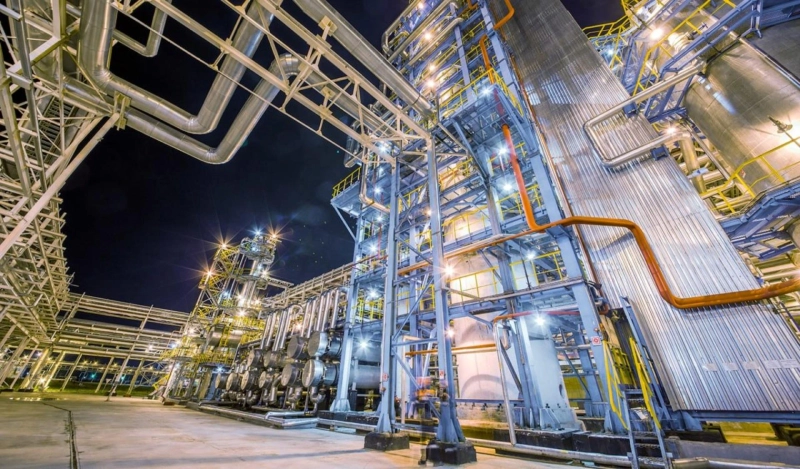A refinery turnaround is a scheduled downtime period for decontamination, repairs, maintenance, upgrades, and replacement of equipment. These turnarounds are important and make sure that the refinery stays safe when operating and meets all required requirements.
A successful turnaround needs extensive planning, solid budget allocation, collaboration from experts, and careful coordination of labor and materials to minimize the duration of the project. Mismanaged turnarounds can cost a refinery large sums of money, so it is crucial to ensure the project is completed properly. Sometimes a faulty turnaround leads to a total shutdown of the business and its refinery.
Improved Efficiency
During the refinery turnaround, refineries often stop production for maintenance, cleaning, equipment replacement, or repair. Employees and contractors work around the clock to get everything ready for the resumption of operations.
Streamlining maintenance and turnaround efforts helps save money for refineries and petrochemical plants. In addition, it can allow them to continue growth and expansion without having to deal with equipment failures.
To improve efficiency, it is important to track and analyze all activities throughout the turnaround. This way, leaders can be sure they are implementing the correct actions and incorporating lessons learned from previous turnarounds into future ones.
Using technology to streamline turnaround processes can help refining businesses achieve massive improvements in efficiency. Connecting systems across the business and bringing data from different departments together is essential.
Reduced Downtime
Refinery downtime is costly, and it has the potential to impact safety, environmental efficiency, and profitability. Companies can minimize downtime by ensuring that they work with a team of experts who are familiar with all of the necessary steps and procedures for a successful turnaround.
One way to reduce downtime during a refinery turnaround is by using predictive maintenance technology. This helps to ensure that equipment is properly maintained and that any problems are caught early so that they can be repaired instead of replaced.
For example, a business can harness the power of sensor data to monitor the health of its key equipment and predict when a failure could occur. This allowed it to avoid unexpected and costly shutdowns, which lowers maintenance costs in the long run. Such type of advanced technologies helps organizations cut down costs drastically.
The oil company used a model to identify sources of unavailability and mitigated them by modifying preventive maintenance procedures, upgrading critical equipment to more durable designs, and improving operating procedures to extend service life. The results helped to improve the reliability and outage interval of the refinery.
Lower Costs
Turnarounds and shutdowns are periods of downtime that allow refiners to perform decontamination, preventive maintenance, renovations, or upgrades to plant assets and equipment. These periodic activities are vital for the safe and efficient operation of the refinery.
However, turnarounds can be expensive – both in terms of production loss while the processing unit is offline and direct costs for labor, tools, materials, and heavy equipment that is used to execute the project. This makes them a very large part of the yearly maintenance budget for most refineries.
Maintaining a high level of efficiency during turnarounds can help to control costs. In the recent past, refining margins have tended to fluctuate, which has resulted in many companies using efficiency projects to keep their fixed costs as low as possible.
Increased Safety
Refinery turnarounds are a critical part of the oil and gas industry, allowing plants to perform refinery maintenance, upgrade resources, and meet government regulations. These events require specialized staff, equipment, and planning. Many businesses hire professionals from outside to help them manage the refinery turnarounds. Every business wants a smooth turnaround without any accidents or major injuries.
Typically, refineries schedule turnarounds every 3-to-5 to years or so. However, they can be extended in some cases.
In addition to shutting down the facility, turnarounds involve a variety of inspections, repairs, upgrades, and replacements. These projects are time-consuming and often involve third parties.
Safety is a top priority during these complex operations. Without proper attention, they can lead to significant losses of money and lives.
Refinery turnarounds require huge budgets and organizations have to incur a lot of expenses. During a refining turnaround, workers transport equipment, materials, and personnel from one area of the refinery to another. These transportation tasks can cause serious injuries, including cuts and lacerations.


